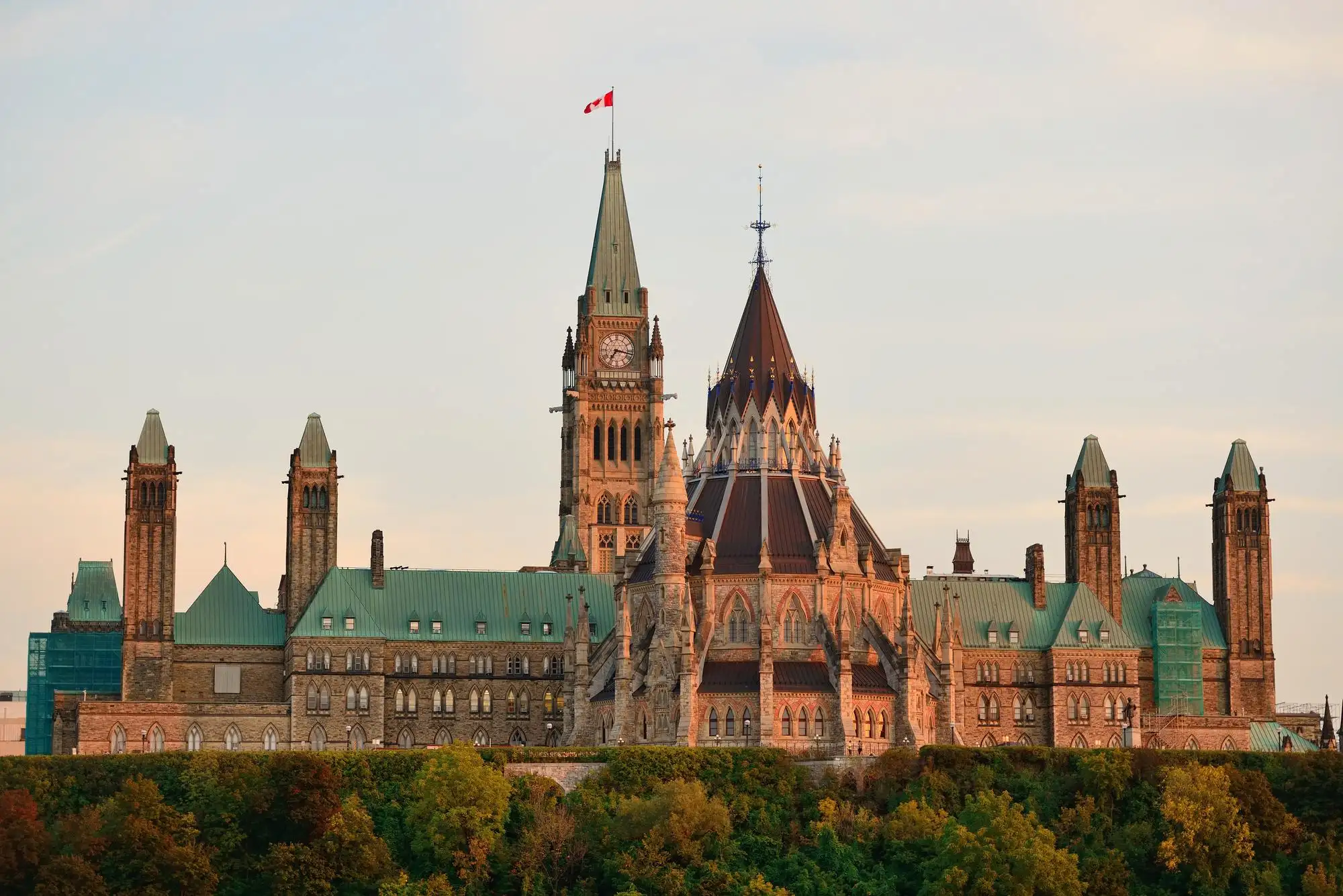The new rent subsidy would be available retroactive to September 27, 2020, until June 2021.
The rent subsidy mirrors CEWS. Unlike the old rent subsidy, the new rent subsidy would provide benefits directly to renters and property owners, without landlords being involved.
How Much Subsidy Can I Get?
You get a percentage of your Eligible Expenses. The CERS subsidy is similar to the CEWS and is based on your revenue decline.
| Revenue Decline % | Base Subsidy Rate |
| 70% and over | 65% |
| 50% to 69% | 40% + (revenue decline % – 50%) x 1.25 (e.g., 40% + (60% revenue drop – 50%) x 1.25 = 52.5% subsidy rate) |
| 1% to 49% | Revenue drop x 0.8 (e.g., 25% revenue drop x 0.8 = 20% subsidy rate) |
What Eligible Expenses Qualify for the New Rent Subsidy?
- Commercial rent (excluding sales tax)
- Property taxes (including school taxes and municipal taxes)
- Property insurance
- Interest on commercial mortgages (subject to limits) for a qualifying property
These amounts are reduced by any subleasing revenues.
Expenses for each qualifying period is capped at $75,000 per location and be subject to an overall cap of $300,000 that would be shared among affiliated entities.
Are There Any Restrictions for Eligible Expenses?
Yes, these are the general restrictions for expenses that qualify:
- Eligible expenses would be limited to those paid under agreements in writing entered into before October 9, 2020.
- Expenses must be related to real property located in Canada.
- Expenses cannot relate to residential property (i.e., house or cottage).
- Rent expenses must be paid to arm’s length persons.
- For mortgage interest (see above), the limitation is that property primarily used to earn rental income from arms-length entities would not be eligible. In other words, the property needs to be used in the business or rented to a non-arm’s length person who is using the rent in their business. For example, if a holding company rents to an operating company.
What are the Reference Periods for the Revenue Decline Test?
Similar to the CEWS, you can choose to do a year-over-year comparison for revenues or use the average of January and February 2020 revenues. Once you choose an approach you need to stick to it for all of the periods.
Note the same approach needs to be used for both CEWS and the rent subsidy, so if you already picked an approach for CEWS, then you are bound to use the same approach for the rent subsidy.
The qualifying period is aligned with CEWS 3.0:
| Qualifying period | General approach | Alternative approach | |
| Period 8 | September 27 to October 24, 2020 | October 2020 over October 2019 or September 2020 over September 2019 | October 2020 or September 2020 over average of January and February 2020 |
| Period 9 | October 25 to November 21, 2020 | November 2020 over November 2019 or October 2020 over October 2019 | November 2020 or October 2020 over average of January and February 2020 |
| Period 10 | November 22 to December 19, 2020 | December 2020 over December 2019 or November 2020 over November 2019 | December 2020 or November 2020 over average of January and February 2020 |
How do I Apply?
Details are not yet available; however, it will likely be similar to the CEWS since it is governed by the income tax act. Applications must within 180 days after the end of the qualifying period.
Need Help?
If you are interested in learning more and seeing how your business may qualify, please feel free to contact us.


